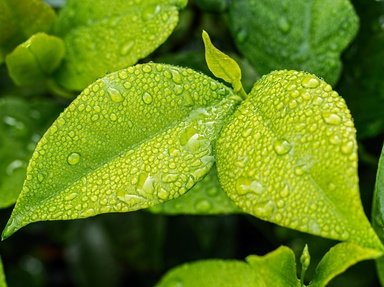Quiz Answer Key and Fun Facts
1. Which of these desert loving plants is NOT found in the Arid Sandylands portion the Big Thicket National Preserve?
2. Of the following carnivorous plants, which one is probably the most well known but is NOT native to the Big Thicket?
3. Which of these carnivorous plants found in the Big Thicket National Preserve uses a sweet smelling perfume to lure insects into a long, jug-like vessel where they are trapped and then digested?
4. Southern tway blade and crippled crane-fly are which type of delicate flowering plant that grows wild in the Big Thicket National Preserve?
5. What is the common name of Quercus marilandica, a tree which prefers dry, sandy, poor soil, has dark green leathery leaves, and produces yellow-brown acorns?
6. Which tropical-looking trees found in the Big Thicket had their uniquely shaped fronds shipped to the Eastern U.S., where people paid high prices to use them as Christmas decorations in the early 1900's?
7. Which of the following types of flowering plants, whose blooms are sometimes used in expensive corsages, has more than 20 species growing wild in the Big Thicket National Preserve?
8. Which of the following ecosystems is named for the dominant types of trees which grow there, and is thought by some ecologists to be the zenith of the evolutionary forest scale in the Big Thicket?
9. Which type of tree found in the Big Thicket National Preserve prefers a swampy, muddy environment, and has unusual features near the ground known as "knees?"
10. What is the common name of Cynosciadium digitatum, a herbaceous plant found in the Big Thicket National Preserve? (Pay close attention to the species name for a hint.)
Source: Author
bethsch
This quiz was reviewed by FunTrivia editor
crisw before going online.
Any errors found in FunTrivia content are routinely corrected through our feedback system.
